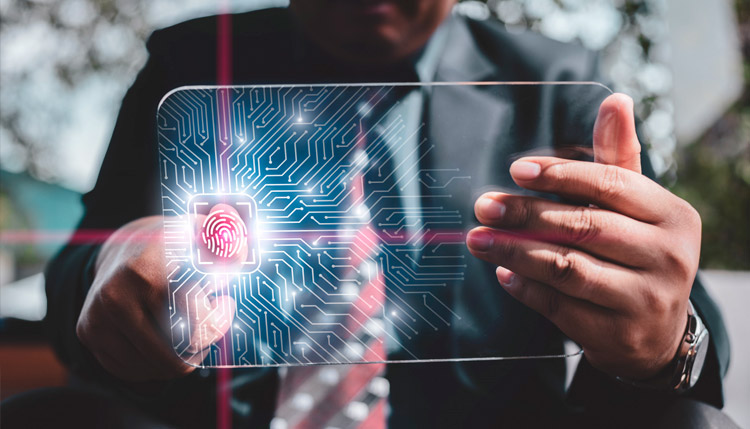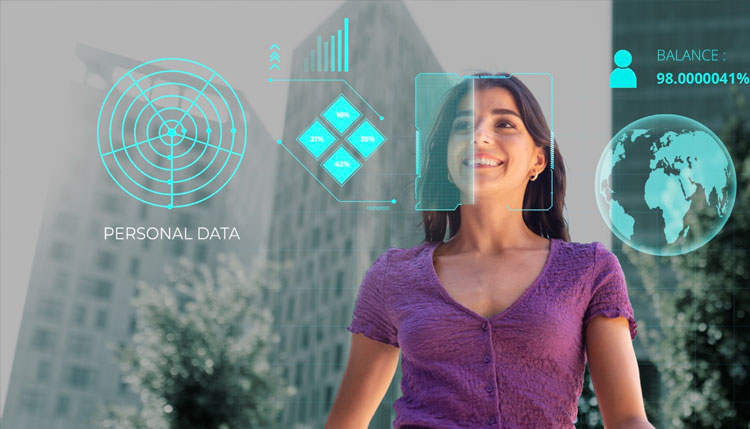
Digital Identity Trends for 2024
The digital world is an ever-evolving landscape. As we dive deeper into 2023, several key trends are shaping the future of digital identities. Understanding these shifts not only helps businesses stay ahead of the curve but also ensures individuals maintain control and security over their digital selves. Let’s delve into some of the most influential digital identity trends for this year.
Decentralized Identity Systems:
The year has seen a rising emphasis on decentralized identity solutions. Unlike centralized systems that are prone to single points of failure, decentralized identities leverage blockchain and other distributed ledger technologies. This ensures that users have control over their personal data, reducing reliance on third-party entities. Microsoft’s ION, for instance, is a notable attempt to push this notion forward, offering a decentralized identity system built atop the Bitcoin blockchain.
Biometric Authentication:
Biometric technologies, like facial recognition, iris scanning, and fingerprint sensors, have become more sophisticated and commonplace. They provide a balance between user experience and security. As biometrics becomes increasingly intertwined with daily tasks (from unlocking phones to making payments), we are likely to witness a surge in its applications for digital identity verification.
Privacy-Enhancing Technologies (PETs):
With rising concerns over data privacy and the enforcement of regulations like GDPR and CCPA, there’s been a significant focus on PETs. Techniques such as zero-knowledge proofs (ZKPs) are gaining traction. They allow for data validation without revealing the actual data, ensuring that users can authenticate themselves or conduct transactions without unnecessarily sharing personal information.
Passwordless Authentication:
The world has been talking about the “death of the password” for years. However, 2023 might be the year we see a substantial shift towards this reality. Passwordless solutions, such as magic links, biometric checks, and hardware tokens, are emerging as safer, user-friendly alternatives to traditional password-based methods.
Adaptive Authentication:
Considering the evolving threat landscape, static security measures no longer suffice. Adaptive authentication, or risk-based authentication, is on the rise. It involves dynamically adjusting authentication requirements based on the user’s behavior, location, device, and other context-related factors. This method ensures enhanced security without hampering the user experience.
Federated Identities:
The principle behind federated identities is straightforward: use one set of credentials to access multiple platforms or services. For instance, using your Google or Facebook account to log into third-party websites. This trend offers convenience but also raises concerns about data privacy and central control. Balancing these aspects will be critical in 2023.
Self-Sovereign Identity (SSI):
As the name suggests, SSI gives individuals complete control over their digital identities. They can decide when, how, and whom to share their data with. Blockchain is the backbone of this concept, offering tamper-proof records and ensuring that the user always remains in the loop. In 2023, more platforms and businesses will likely integrate SSI principles into their systems.
AI-Powered Identity Verification:
Artificial intelligence is seeping into almost every facet of technology, and digital identity is no exception. AI-powered systems can swiftly detect fraudulent activities, analyze patterns, and offer real-time threat assessments. The potential of AI in enhancing digital identity solutions is vast, and its applications will likely become more pronounced this year.
Unified Identity Platforms:
With the digital sphere becoming fragmented, there’s a growing need for unified identity solutions. Such platforms consolidate identity data from various sources, providing businesses with a holistic view of a user. This not only streamlines operations but also ensures more accurate and efficient user profiling.
Digital Identity as a Service (IDaaS):
Lastly, as businesses undergo digital transformations, not all have the expertise or resources to manage complex identity solutions. IDaaS providers are stepping in to offer identity management, authentication, and related services on a scalable, cloud-based platform. This trend is likely to accelerate as companies seek efficient, secure, and flexible identity solutions.
To wrap it up, digital identity in 2023 is not just about logging in and verifying oneself. It’s about establishing trust in a digital realm, safeguarding privacy, and ensuring that individuals have control over their data. As technologies evolve, the need for transparent, user-centric, and secure identity solutions will only grow stronger. Those at the forefront of adopting these trends will pave the way for a safer and more inclusive digital future. For more information, please visit www.trueid.in











